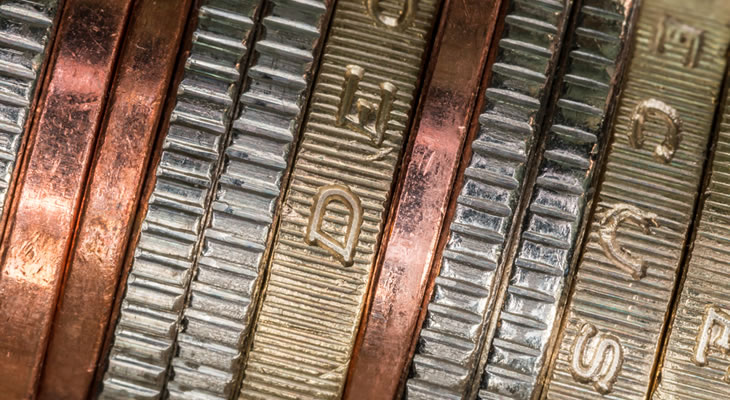The Pound to Australian Dollar exchange rate recovered slightly from its worst 2016 levels on Wednesday and Thursday. However, with Australia experiencing solid economic sentiment and Brexit jitters sure to continue, the pair could be in for even deeper lows in the coming months. The pair trended at around 1.6770 on Thursday, attempting to recover from its lows.
Pound (GBP) Investors Reeling from Brexit-Panic Selloff
Sterling struggled to mount a solid advance against most of its major rivals once again on Thursday, despite Theresa May attacking the Bank of England’s (BoE) ultra-low interest rates, which were cut to a fresh low as part of an aggressive monetary stimulus package in August.
However, despite a trio of better-than-expected UK PMIs this week, the Pound continues to trade weakly due to increasing expectations of a ‘hard Brexit’ – and Britain losing access to the European Union’s single market.
Australian Dollar (AUD) Demand Fades as ‘Safe-Haven’ US Dollar Back in Focus
The risk-correlated Australian Dollar experienced a strong rally over the last week as investors enjoyed a brief period of market stability by indulging in riskier assets.
Amid news that the Reserve Bank of Australia (RBA) planned to leave Australian rates on hold for the foreseeable future, seemingly ending an easing cycle, sentiment for the ‘Aussie’ has been stronger than many of its risk-correlated peers.
However, recent risk rallies have been limited due to jitters in global markets, the latest being over November’s US Presidential election – now just over a month away.
As a result, the Australian Dollar’s rally was short and sweet. The ‘Aussie’ slipped from its highs on Wednesday and Thursday after meeting levels of key psychological resistance.
Pound Australian Dollar Exchange Rate Forecast: New Lows Still Possible in Long-Term
Demand for the risk-correlated Australian Dollar is likely to be limited in the coming month as November’s US Presidential election draws nearer. As a result, even the weak Pound could make some inroads to recovering from its worst levels, especially if UK data continues to impress.
However, after markets begin to calm from the results of the election, appetite for risk will become more regular and solid again.
Demand for risk will be almost immediate if Democrat Hillary Clinton is elected as President, as her economic policies have consistence with those of current US President Barack Obama. However, traders will flock to ‘safe-haven’ currencies if Republican Donald Trump wins the vote amid expectation of an economic shake-up and market instability.
Sterling’s woes will remain with it long-term however. With the target date to begin the Brexit process set for before March 2017, Sterling could continue to lose value long-term.
The ‘Aussie’, on the other hand, could continue to be one of the most appealing risk-correlated currencies if the RBA maintains a neutral stance and leaves Australian policy on hold well into 2017 as it has indicated.
At the time of writing, the Pound Australian Dollar exchange rate traded at around 1.6755, while the Australian Dollar Pound exchange rate traded at around 0.5965.


Comments are closed.